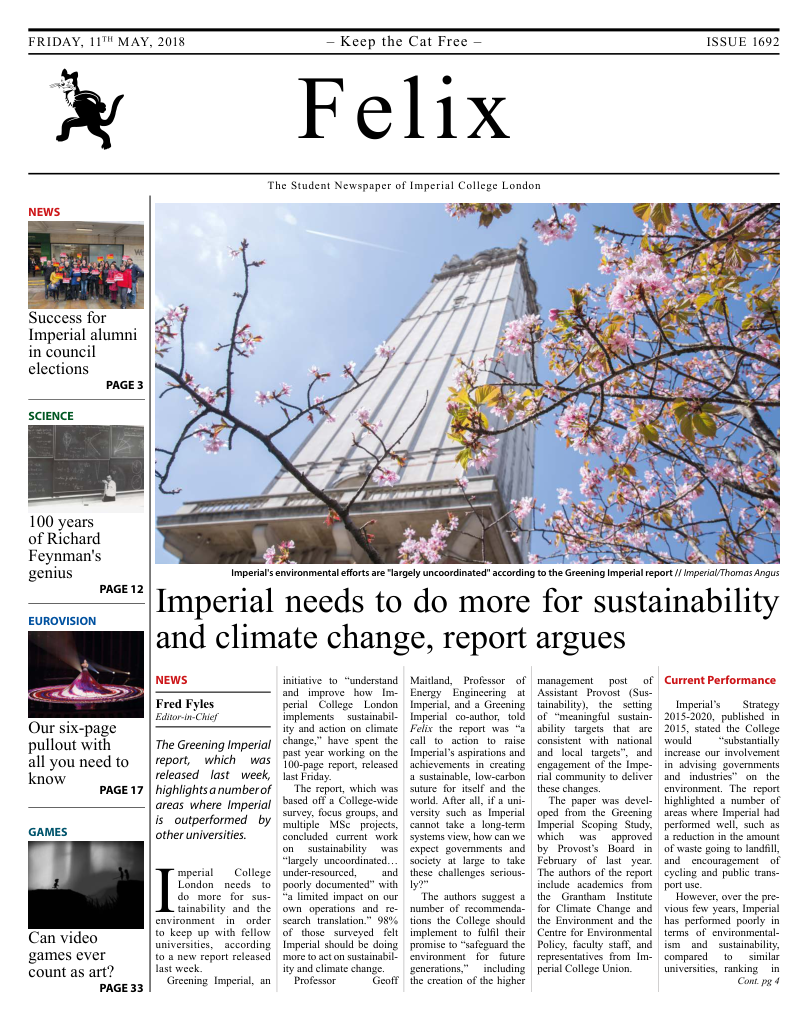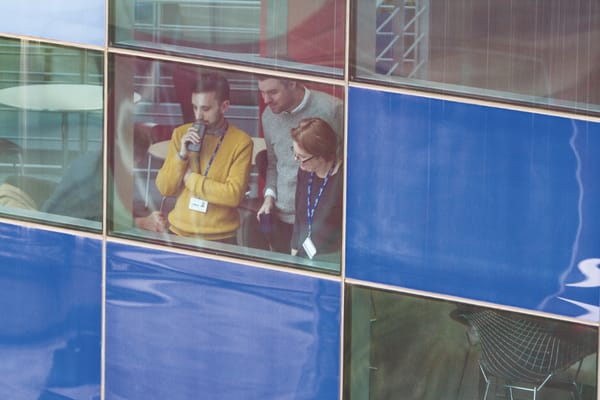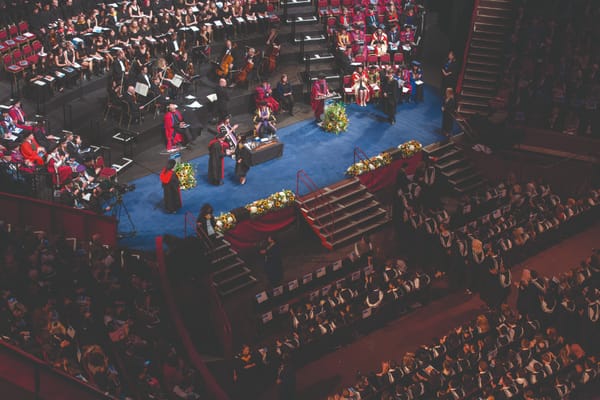Breaking down the two cultures: why Imperial needs to embrace the arts
Albert Einstein once said ‘All arts and sciences are branches of the same tree.’ Sonny Coduri-Fulfort asks: what tree is Imperial climbing?

Before I started at Imperial, I was bracing myself for something more than the regular anxieties expected with coming to a new University. I had heard a lot about what to anticipate: a deprecation of any subject which is not ‘hard-core science’, confrontation because someone enjoys taking part in activities different to the ‘status quo’, and constant mockery of medical students taking a ‘year off’ if they decided to intercalate in a non-scientific subject. I was preparing for a struggle with having to tell people what I chose to study for my intercalated degree: a BSc in Humanities, Philosophy and Law.
I am a medical student normally studying at the University of Edinburgh, but I wanted to take a year away from Medical Sciences and delve into the culture surrounding medicine –my choice of degree was perfect. Studying at Imperial seemed a fantastic experience, but it has brought another interesting element to my intercalated year: being at a predominantly science university. The contrast between Imperial and Edinburgh is massive: Edinburgh has students from all different disciplines, and – because the city is a lot smaller – it is easy for students to mix. Most of my friends in Scotland do not study medicine, let alone any of the sciences. This leads to a mutual understanding of all subjects and an exposure to several different disciplines regardless of what you study. This is not what I have experienced at Imperial – people tend to stick within their cohort, and lack the influence of art students. Perhaps this is why I have observed a lot less acceptance of the arts by the student body.
As a firm believer of how the arts can benefit health, I attended Aesop’s second Arts in Health Conference & Showcase last month. It was a fantastic day filled with important conversations, workshops, and impressive presentations by artistic groups working to benefit the health of others. The stand out presentations were those which implemented dance therapies, drama therapies, and music therapies to improve health. The message that resonated throughout the day was simple: the arts benefit humans’ well-being. This is especially salient in today’s pressurised society, in which mental health issues are ubiquitous.
“The arts provide scientists and engineers with the tool kit to work in a multi-disciplinary environment”
Although the conference was about the benefits art has to health, other scientific disciplines have a lot to gain too. Sculpture, for example, can allow people to improve dexterity and see objects from different perspectives. These are critical skills for engineers and medics. Scientific research can also benefit from the creativity art can bring: when research is explored through different paradigms, scientists approach problems in novel ways, which can bring superior results. Furthermore, several artistic activities – such as examining paintings, reading literature… the list is endless – help scientists understand ideas different of their own. In a world where those who study science will be working with people from all different disciplines, this is critically important. Science profits from the openness the arts can bring, but there are still people who don’t think this, especially at Imperial.
I’m not writing this article to say Imperial doesn’t embrace the arts. In fact, I would say the opposite: I was overwhelmed by the number of ways to get involved in the arts, and I have seen how the Imperial management and staff are very supportive of students getting exposure to the artistic world. There are several ways to engage: from the societies and art groups available to join, to the Imperial Horizons programme which offer more opportunities to embrace the artistic world than I thought possible. Even the fact that I am studying a degree in Humanities, Philosophy, and Law is a fantastic example of how Imperial has embraced the arts.
However, why do some students decide not to engage with the arts? Is it the pressure of workload, or the social acceptance of taking part in extra-curricular activities? Or is it that the arts are not actually as accessible as I think? My opinion of the arts at Imperial is biased – I am doing the first arts-based course offered at Imperial, and thus I have greater exposure to what is offered. I am certain that my impression of Imperial is skewed: the friendships and networks I have formed are based in a shared appreciation of the arts, mostly from my intercalated degree. It would be interesting to hear the views of students on other courses.
Imperial is welcoming the arts to its scientific studies, but some students are still not embracing this. What needs to happen at the College is even further integration of the arts into sciences: perhaps Imperial Horizons should become a requisite for every degree and not just a select few? Or there should be more mixing between Imperial students and those from other universities? Through means of therapy, creativity, and different ideas the arts bring, they are beneficial to our whole society. Institutions like Imperial should do all they can to ensure engage with the arts as well as their scientific study. Maybe, if this happens, the arts will stop getting criticism they can so undeservedly receive.









